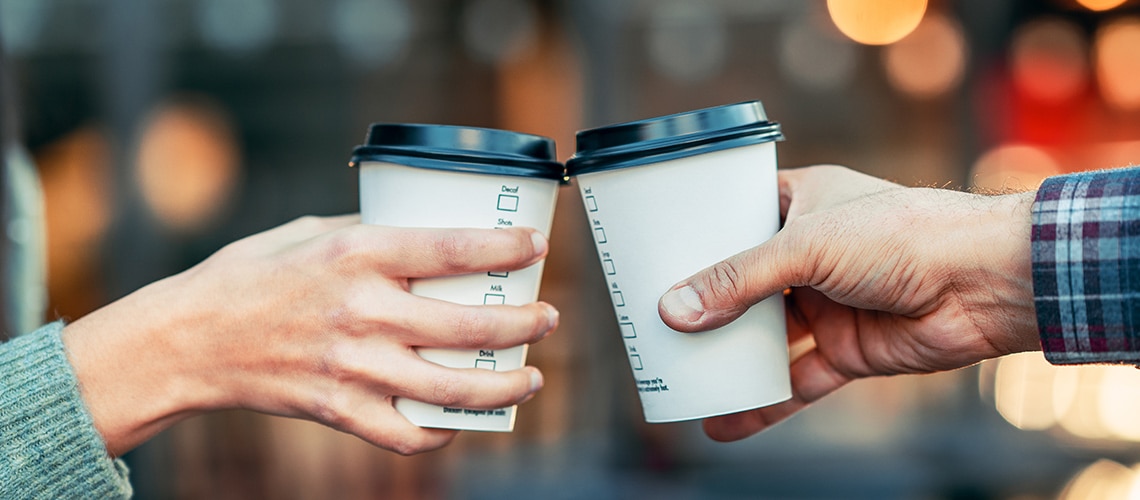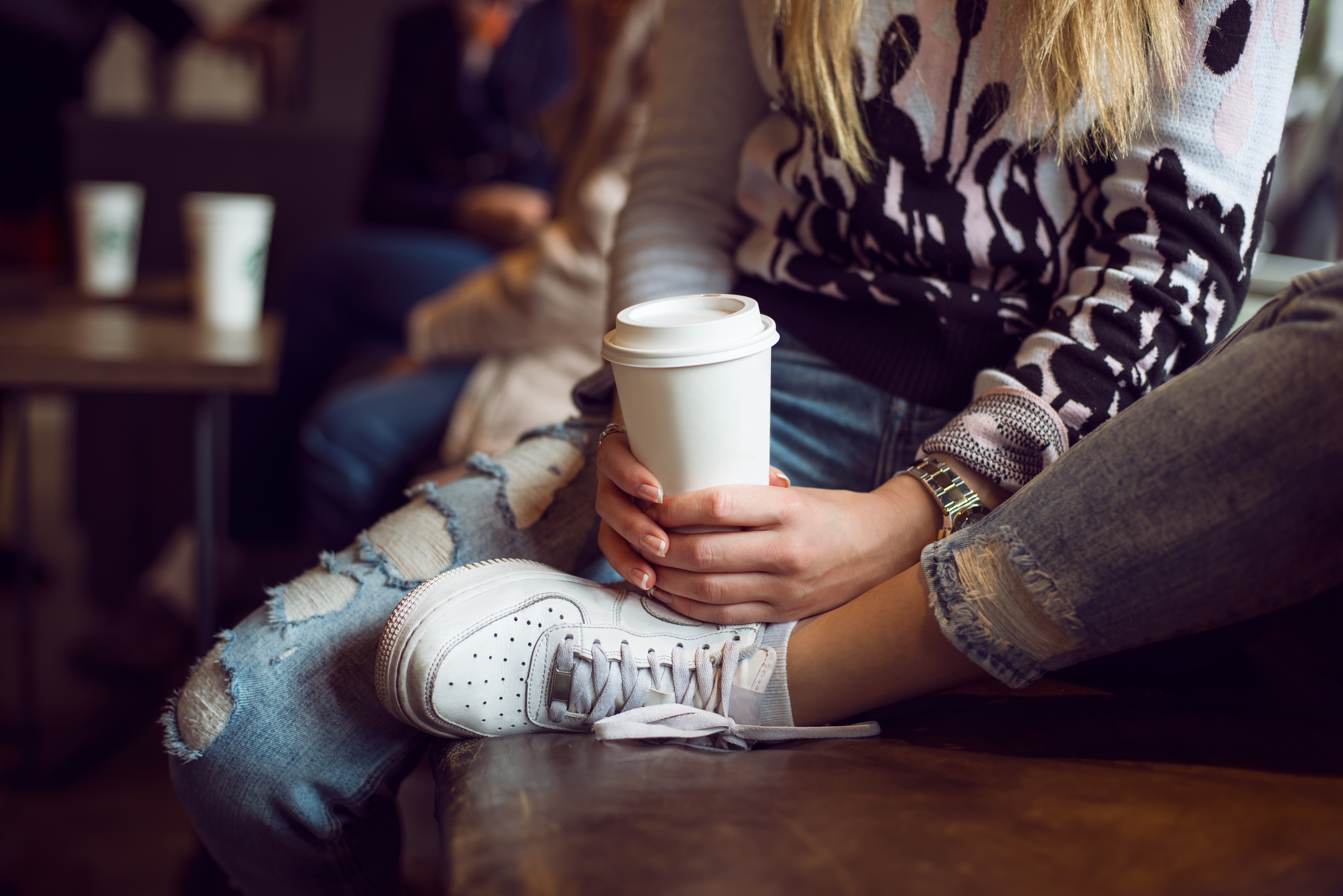
September 26, 2025* | Case Study | 6 minute read

September 26, 2025* | Case Study | 6 minute read
“Leaning into sustainable packaging solutions helps us meet consumer expectations today and prepare for the trends to come.”
The increasing consumer demand for sustainable packaging is being driven by growing environmental awareness and the desire to reduce waste. Consumers are increasingly seeking products with packaging that is recyclable, biodegradable, compostable or made from renewable or circular materials.
This shift is inspiring companies like Dow and our customers to continue innovating all aspects of the processes that go into packaging, from design to materials to collaborations. Leaning into sustainable packaging solutions helps us address consumer expectations today and prepare for the trends to come.
Overall, there are numerous dimensions to sustainability, and it is a similar case if we look at packaging specifically.
Consumers may choose to examine packaging before deciding to make a purchase to see if the packaging includes circular materials or whether it is recyclable. However, even before it gets to the store shelf, the design of the packaging and the materials that go into it can have a significant impact on its sustainability.
Circular material refers to material that has been recycled from some form of waste. Post-consumer recycled (PCR) content is an example of a circular material.
When we say packaging is designed for recyclability, it means it has been produced in a manner that is conducive for the materials to be processed and reused in the production of new materials.
“As companies and consumers in general, our responsibility doesn't end in delivering the product and consuming the product, but also in what happens after that.” —Daniella Souza Miranda, global business marketing director, Dow Packaging and Specialty Plastics
Design is an important aspect of creating sustainable packaging solutions, and so are the materials selected for those designs. To gain a better understanding of how design for recyclability shows up in daily life, we can look to a morning cup of coffee as an example of how materials contribute to circular packaging.
The number of cups of coffee consumed globally each day reaches into the billions.
Brazil, the largest coffee producer in the world, supplies more than a third of the world’s demand for the beverage1. Considering it is a key export for the country and the forecasted for production growth in 20252, the overall sustainability of coffee production and consumption is increasingly critical in Latin America's largest economy.
 Traditional coffee bean and ground coffee packaging uses a variety of materials formed into layers to preserve the quality of the product and to control moisture. To achieve this, it is common for coffee packaging to use a combination of paper, plastic and foil. This multilayered approach to packaging design extends the shelf life of many consumer products, not just coffee, but it presents a challenge once the product has been consumed and the packaging becomes waste.
Traditional coffee bean and ground coffee packaging uses a variety of materials formed into layers to preserve the quality of the product and to control moisture. To achieve this, it is common for coffee packaging to use a combination of paper, plastic and foil. This multilayered approach to packaging design extends the shelf life of many consumer products, not just coffee, but it presents a challenge once the product has been consumed and the packaging becomes waste.
With this challenge in mind, Dow began a collaboration with Valgroup in Brazil to introduce a first-of-its-kind coffee packaging—made with 95% polyethylene (PE) and designed for recyclability within the PE recycling chain. Unlike traditional multi-material structures, this packaging maintains freshness and flavor without the need for additional materials like paper or metal.
Movimiento Circular played a pivotal role in connecting Dow and Valgroup with the specialty coffee brand Catarina Coffee & Love, which became the first in Brazil to adopt this packaging. By embracing this recyclable solution, Catarina Coffee & Love is setting a precedent for circular economy practices in the Brazilian coffee market. Dow's Pack Studios played a crucial role in developing this solution, utilizing high-performance resins like ELITE™ AT Polyethylene Resins and INNATE™ Precision Packaging Resins to create a functional barrier against moisture and oxygen while ensuring packaging strength and visual appeal.
The launch of this coffee packaging, that is designed for recyclability, represents a significant milestone toward advancing sustainable packaging solutions. By replacing complex structures with innovative material solutions, Dow aims to inspire other segments to follow suit and redefine circularity standards across the packaging industry.
 Have you ever wondered what keeps hot liquids like coffee and tea from leaking through a paper to-go cup from your local coffee shop?
Have you ever wondered what keeps hot liquids like coffee and tea from leaking through a paper to-go cup from your local coffee shop?
Fiber-based packaging like paper cups and plates often have a thin coating that provides that liquid barrier. Barrier coatings can also provide oil and grease resistance and control the amount of moisture and oxygen that products in sealable paper food pouches are exposed to on the grocery store shelf.
Traditional paper cups are about 93% paper and 7% hard-to-recycle barrier coating. That material composition contributes to more than 90% of disposable cups ending up in landfills. But advanced packaging technology can help change that statistic.
The Dow product portfolio of barrier coatings for paper products address the multifaceted performance needs for paper packaging while still working within existing paper recycling systems. In fact, our RHOBARR™ 320 Barrier Dispersion coating is so thinly applied, often less than 8 microns in thickness, it supports up to 99% fiber recovery when those paper products are recycled.
“Dow paper coatings are designed to meet evolving regulations, brand sustainability commitments and consumer perceptions that drive interest in packaging options.” — Harry Fowler, global market segment leader for paper and metal packaging, Dow Coating Materials
We also make barrier coatings, like RHOBARR™ 214 Barrier Emulsion, with 30% bio-based content, meaning this latex incorporates plant-based raw materials. It is a part of our Ecolibrium™ sustainability pillar brand which provides our customers the assurance to confidently share that their packaging includes renewable or bio-based materials.
Design, materials and collaboration all contribute to sustainable packaging innovation.
That is what happens at Pack Studios. It is the place where our passionate teams work alongside our customers to develop innovative and better packaging ideas.
Pack Studios brings together advanced materials, cutting-edge technology, and industry expertise to help brands create effective packaging solutions. These facilities offer services like rapid prototyping, design testing and recyclability assessments.
Meeting our customers’ needs and consumer trends in packaging are priorities, but our commitment does not end there. We are working to address market demands, current challenges and pave the way for a sustainable future through our approach to materials science. Pack Studios collaborates with brands from concept to commercialization, ensuring solutions meet the highest standards, focusing on sustainability and performance.
This case study was developed by a cross-discipline team representing circularity and market expertise across Dow. To learn more about how Dow collaborates through science and sustainability to help transform waste, visit our Purpose in Action page.
*This article was originally published June 25, 2025
Sources